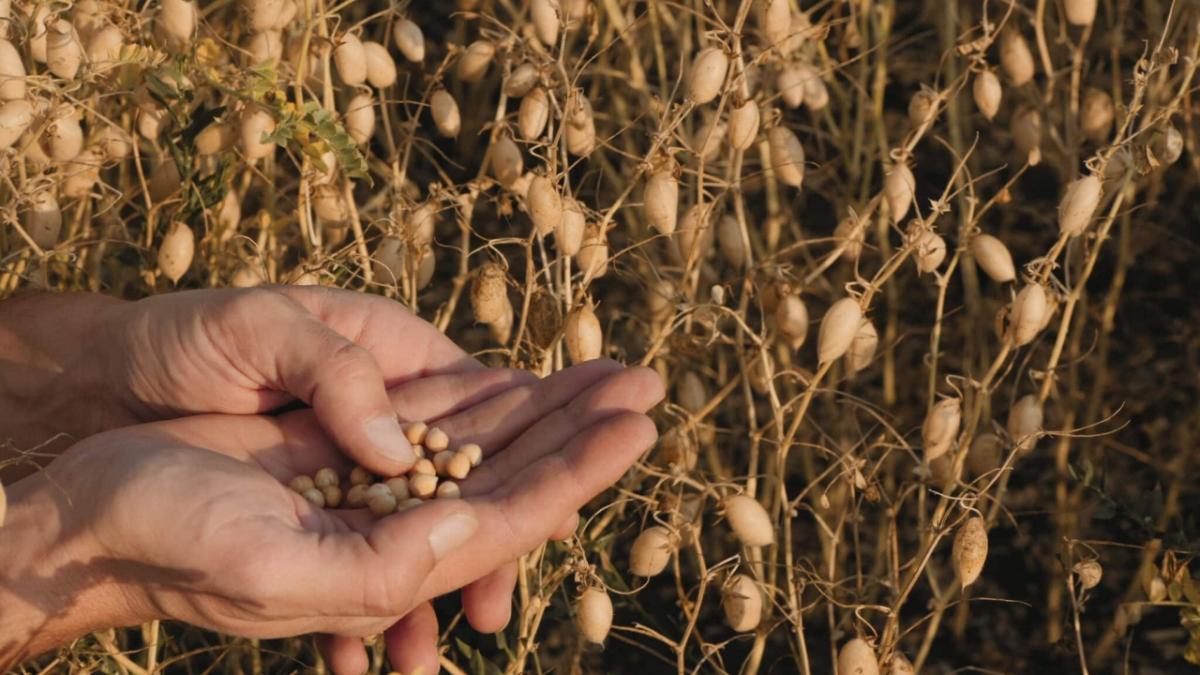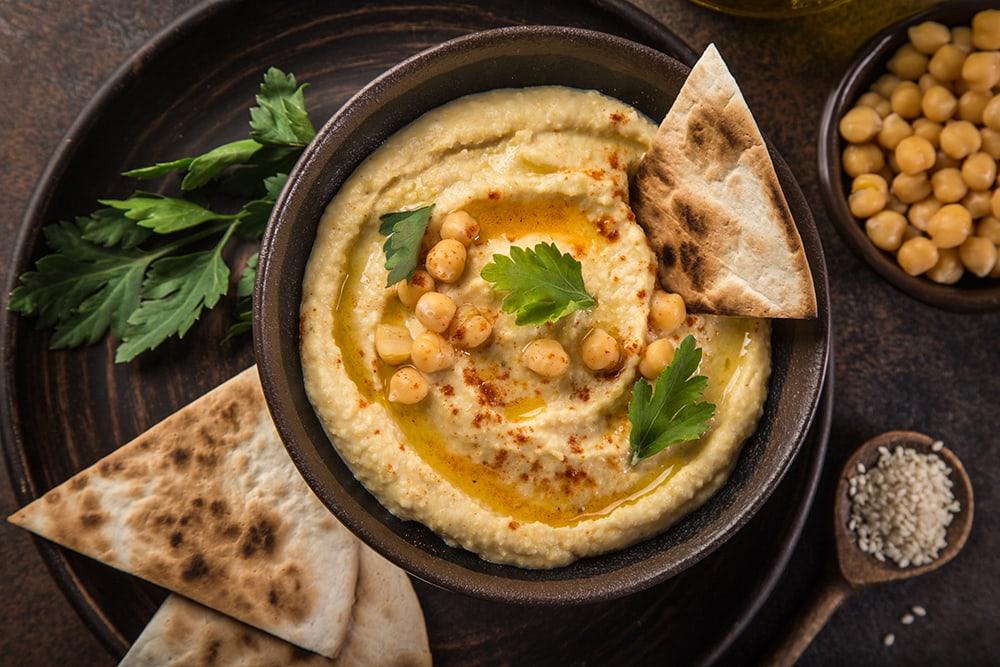Behold the Mighty Chickpea - Supporting Local Agriculture at Kışladağ
Small in stature, but packed with nutrients and flavour, the versatile chickpea – also known as the garbanzo bean – has long been a staple of Mediterranean and Middle-Eastern diets for thousands of years. The earliest known use of chickpeas dates to 3500 B.C. in Turkey, and today they are grown in more than 50 countries, where they eventually turn into delicious curries and stews, spicy snacks, crunchy salad toppings or even ground into flour for other culinary purposes.
Incredibly resilient, it doesn’t require significant amounts of water, nor is it too picky on where it can grow in terms of soil and environment. Concerning “farm-friendly” and low-maintenance produce, chickpeas are near the top of the list. These facts have long been known to the regions surrounding our Kışladağ and Efemçukuru mines in Turkey where chickpeas are just as much part of the culture as the diet, as they hold a prominent place in the hierarchy of crops throughout the Uşak province.
In 2018, Kışladağ’s greenhouse staff started a farm project on site. A 64,000 m2 area of spare land surrounding the mine was cultivated to help support farming in the region. According to Hakan Ünal, Public and Government Relations Manager, starting the chickpea project was a no-brainer.
“Although drought tolerant, many local farmers have suffered low chickpea harvests due to drier weather conditions over the past couple of years. We decided we could grow crops on the spare fields and land on our site to supplement local production. Everything has been grown organically by our staff, without the use of additives.”
Hakan explains that with their successful chickpea production, Kışladağ is contributing to the development of natural and modern agricultural methods in the region, in a similar way Efemçukuru has been able to do with grapes and honey in their respective region. “Kışladağ’s greenhouse employees are sharing their knowledge with locals to help them improve their crops.”
“We’ve been able to cultivate healthy and plentiful chickpea crops and share those with our local communities. Last year we distributed almost 9 tonnes of our chickpeas to our employees and local stakeholders, and our aim is to do the same this year,” Hakan says. “This allows us to demonstrate that our mining activities can co-exist with farming.”



